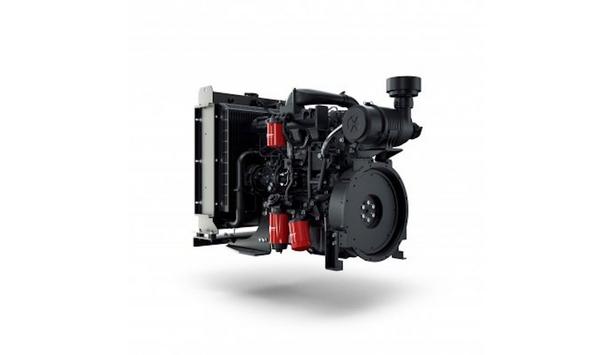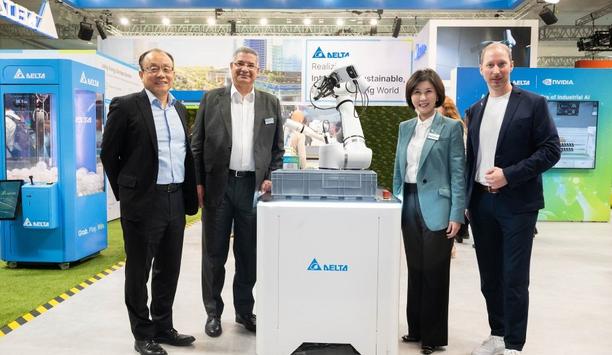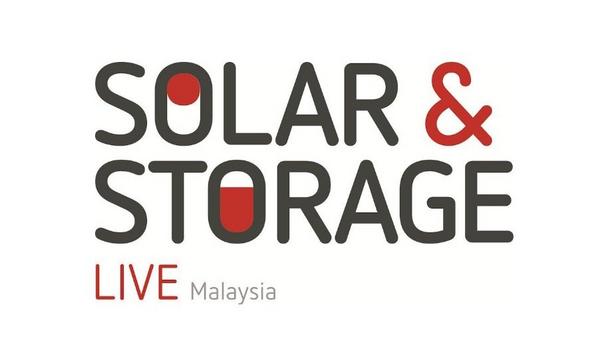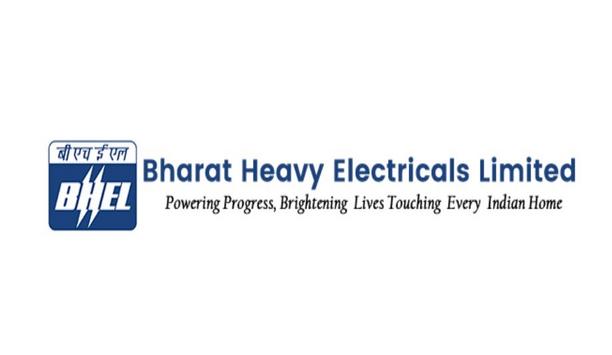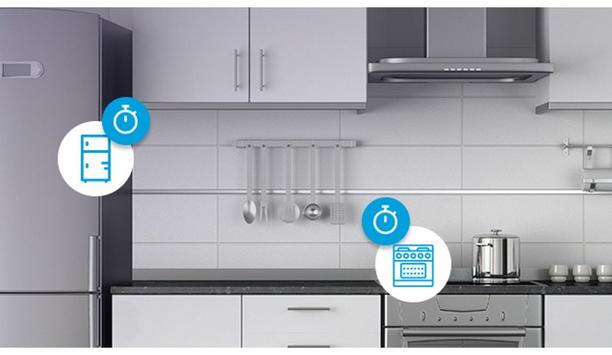New developments in ‘3D power packaging’ are enabling further miniaturization of DC/DC converters along with higher power density.
Performance is not compromised, however, with the latest products showing comprehensive control and protection features, some with isolation to the highest medical grade.
DC/DC conversion
DC/DC conversion in many modern products is all about power density, the amount of power that can be processed in a given space to achieve voltage level conversion and often isolation.
This is particularly seen in cutting-edge products in the IoT world and medical devices. Increasing efficiency levels of converters have certainly helped with miniaturization, and this has enabled products to evolve from bulky off-board modules to PCB-mounted components. This puts the conversion and regulation at the ideal place next to the load, where it needs to be most accurate.
mechanical formats and designs
Converters have largely been ‘mini end-products’ with an internal PCB, casing, potting, and pins
Available board-mount products have, however, remained stubbornly in mechanical formats and designs that were first introduced to the market in the last century.
Converters have largely been ‘mini end-products’ with an internal PCB, casing, potting, and pins, with expensive hand assembly of some internal components still common, particularly magnetics.
easier to handle
The finished product is often only available in the through-hole format, and even if it is SMT, it might have severe restrictions on allowable reflow profile, making the part difficult to solder to a user’s motherboard next to other less sensitive components.
As a result, engineers sometimes opt for discrete designs that are easier to handle, but occupy more board space and come with the burden of design, qualification, purchasing, stocking, handling, assembly, and test costs.
the goal of converter manufacturers
A goal for converter manufacturers and users has therefore been to realize SMT-format DC/DC converters that are as small as other modern components.
They should be low-cost and require no special heatsinking arrangements or restrictive reflow temperature and duration. If this is achieved, a designer would no more think of using a discrete DC/DC design than they would think of implementing an A-D converter with discrete transistors.
3D Power Packaging – thinking in a new dimension
Its internal construction should use the height available, and unnecessary material discarded
In the past, a DC/DC designer may have started with a target footprint, an internal PCB a little smaller, then filled it with as many discrete components as would fit.
A new approach is to think in three dimensions from the start, with what manufacturer RECOM calls ‘3D Power Packaging’ or ‘3DPP’. The concept starts with the premise that the DC/DC should use manufacturing technology to produce a part that is handled and placed like any other. Its internal construction should use the height available, and unnecessary material discarded.
SMT device
For example, PCB material is no more than a space-consuming carrier for copper tracks – why not just have self-supporting connections within the encapsulation?
An SMT device anyway has a copper leadframe to form external terminations, so internally, components can be placed directly on it, eliminating the need for a PCB.
flip chip technology
A great example is the RECOM RPX-1.0, a switching regulator that delivers 1A output, adjustable 0.8 – 30V, from a wide 4-36V input. The device is just 3 x 5 x 1.6mm with QFN terminations.
Internally, flip chip technology with advanced thermal management techniques leverages high efficiency with MHz switching to give an astonishing potential power density of over 1kW/cm3. Figure 1 shows the internal construction.

3DPP techniques
Thermal performance is excellent with a direct connection from the die through the substrate and terminations
Across the RECOM range of DC/DCs, further 3DPP techniques are used, including embedding of die in substrates. This technique frees up space for the placement of other components and allows the use of an IC die with extra metalized Re-Distribution Layers (RDL) resulting in direct contact with copper on the PCB layers for solder-free connections, improving reliability and thermal performance.
The RECOM RPL-3.0 is an example of this technique - a 3A output switching regulator just 3mm square and 1.45mm high. This style of construction (Figure 2) needs no over-molding as it is inherently rugged, saving cost and space, with the inductor surface forming the SMT pick-up point. Thermal performance is also excellent with a direct connection from the die through the substrate and terminations to the user’s PCB, aided by the converter’s high efficiency of over 95%.

Miniaturization and automated construction
Miniaturization and automated construction of DC/DCs have a side benefit, the thermal paths are shorter for effective heatsinking and lower die temperatures, and the electrical connections are also short.
This keeps switching nodes enclosed and loops compact, which reduces EMI. Coupled with MHz switching, this means input and output capacitors can be minimal in value, further helping with size reduction.
DC/DCs are available in SOIC-16 packages
Another example of 3DPP has resulted in an isolated product that is truly IC-like. The new RECOM RxxCTExxS series is in a molded SOIC-16 (wide) package 10.3mm x 7.7mm footprint that is just 2.65mm high, ideal for space-constrained applications.
The product (Figure 3), unlike the previous examples, features galvanic isolation. The gull-wing terminations are extensions of an internal leadframe with a control IC and proprietary planar transformer that are wire-bonded to it.

agency safety approvals
RxxCTExxS starts with the advantage that the gull-wing arrangement allows better than 8mm externally
It has been a long-standing problem to achieve robust isolation in DC/DC converters as they shrink in size. Any agency safety approvals also require minimum insulation levels and creepage and clearance distance, both internally and externally across the pins.
However, the RxxCTExxS starts with the advantage that the gull-wing arrangement allows better than 8mm externally.
RxxCTExxS series
The new cost-effective RxxCTExxS series includes parts that achieve 3kVDC/1 minute isolation with IEC/UL/EN 62368-1 agency-rated ‘Basic’ isolation, so they can be used as part of a product safety isolation system. Designers of the product had to take a radical new approach to the product packaging to enable the functionality and high isolation ratings to be achieved.
A traditional toroidal transformer could not meet the insulation requirements and a discrete E-core with a bobbin or similar would be too big, so the switching frequency was pushed up to as high as 30MHz, allowing far fewer winding turns and a small planar transformer core, while incorporating solid interwinding insulation to meet the isolation requirements.
Two low-cost versions
Two low-cost versions are available with a regulated 5V output at either 0.5W or 1W, with 5V input, which addresses the market for DC/DCs to provide 5V ground isolation, voltage inversion, and isolated power for data interfaces (Figure 4).
Markets addressed are broad, including IoT, industrial, medical, smart metering, and generally, where a reliable and robust part is needed with wide temperature ratings, -40°C to 125°C ambient, with derating.
minimum load requirements
Despite their compact size, the parts have a low isolation capacitance of around 7pF which is valuable in medical applications and also for powering high-side gate drives for wide band-gap switches with their very high dV/dt waveforms. EMI emissions performance is also particularly good.

Both 0.5W and 1W versions have no minimum load requirements, for applications with light-load standby modes, and unlike many competing parts, full protection is provided against short circuits, over-current, and over-temperature.
Versions with 2 x MOPP medical isolation
Selectable outputs are 3.3V or 5V, alternatively, 3.7V or 5.4V, to provide head voltages for LDOs
The RxxCTExxS DC/DCs discussed by RECOM are part of their ‘Econoline’ range with performance and features targeted at cost-sensitive applications. Higher specification versions are also available that can be used for an enhanced level of medical-grade isolation while remaining cost-effective. The R05CT05S is in the same SOIC-16 package and is a 0.5W-rated part with 5V nominal input.
Selectable outputs are 3.3V or 5V, alternatively, 3.7V or 5.4V, to provide head voltages for low drop-out regulators (LDOs). The product’s highlight specification for medical applications is its 2 x MOPP/250VAC continuous rating according to IEC/EN 60601-1 with 5kVAC test voltage.
operating temperature
It also has just 3.5pF coupling capacitance, for negligible leakage current in 250VAC/50Hz applications. In non-medical environments the ratings are even more impressive – reinforced isolation at 800VAC working voltage according to IEC/EN/UL 62368-1.
The operating temperature is up to 140°C with derating, and the part features enable, sync, and trim functions along with an Undervoltage lockout, short circuit, over-current, and over-temperature protection.
The medical application for the RECOM R05CT05S DC/DC
It is worth looking at how DC/DCs such as the R05CT05S are used in medical applications and the value they can bring. Electronic equipment is used increasingly in different medical and home healthcare environments and product designers might be familiar with the electrical safety standards that must be complied with: IEC 60601-1:2005 with its collateral documents and national variants, including EN 60601-1:2006 in Europe and ANSI/AAMI ES-60601-1 in the US.
These standards center around protection from electric shock from high voltages or AC mains leakage current, and it might be thought that it is only AC/DC converters that are relevant to the regulations. However, DC/DCs are often part of the safety isolation system and can eliminate the need for use of the highest-grade medical AC/DC, when correctly specified.
medical safety requirements
An MOP can take different forms; having a securely grounded metallic case with a mains fuse is one MOP
Firstly, RECOM will review the terminology and medical safety requirements: in the standards, there is a reference to ‘measures of protection’ (MOPs) in operator and patient environments. An MOP can take different forms; having a securely grounded metallic case with a mains fuse is one MOP. A prescribed creepage or clearance can be one or two MOPs depending on the actual separation distance.
Similarly, solid material can provide one or two MOPs. In all cases, the actual distance required depends on other factors: system voltage, over-voltage category, pollution degree of the environment, and operating altitude. Requirements for patient protection (MOPPs) are more stringent than for operators (MOOPs).
AC-powered equipment
Taking the case of AC-powered equipment, there must be a minimum of 2 x MOOPs or 2 x MOPPs isolation from AC line to output, depending on whether the equipment is expected to be used in an ‘operator’ or ‘patient’ environment respectively.
However, patient-connect outputs must also be isolated from the ground by a minimum of 1 x MOPP, to cover the possibility that the patient could become electrically ‘live’ from other faulty equipment and a lethal current could then flow through the patient to the earth of the non-faulty equipment. Many AC/DCs do not provide this level of isolation from output to ground or at best 1 x MOOP.
DC/DC converter
An additional isolated DC/DC converter providing power to the patient-connect circuitry can help in this situation. If it has suitable medical-grade isolation, it can enable an AC/DC with only 1 x MOOP output isolation to ground to be used in a patient-connect application (Figure 5).
Compared with a single AC/DC with 1 x MOPP to ground, the combination of a more common AC/DC with 1 x MOOP plus a low-cost medical DC/DC converter can be an economical solution. Although the DC/DC normally only has low voltage inputs and outputs, in this application, its safety rating in terms of MOPs must be for the ‘system’ voltage, typically 250VAC. Care should be exercised, as some competitor parts advertised as ‘2 x MOPP’ are only for low system voltages, perhaps 30VAC which is of little value in the application.

SIPP and/or SOPP
There must be 2 x MOPP between the patient connections and the signals, in case an external fault makes the signals ‘live'
Another scenario is also illustrated in Figure 5 where there are unspecified signal input/output connections (SIPP and/or SOPP) such as communication ports to equipment, either AC- or battery-powered. There must be 2 x MOPP between the patient connections and the signals, in case an external fault makes the signals ‘live’.
Again, an extra DC/DC converter can provide the additional isolation needed. Figure 5 shows a class I AC/DC power supply, 2 x MOOP medical-rated with unspecified system signal inputs.
2 x MOPP-rated DC/DC converter
An additional 2 x MOPP-rated DC/DC converter is included, providing the necessary total isolation to the signal inputs and allowing the lower cost ‘operator-rated’ AC/DC to be used in a patient-connect situation.
The AC/DC on its own is likely to have too high leakage current for patient connect applications but again the DC/DC with its low isolation capacitance reduces this to an easily acceptable maximum.
Battery-powered equipment
The DC/DC converter will typically only need to provide low power for a signal-isolated patient-connect interface and will therefore be relatively small and low-cost.
Battery-powered equipment falls into the same category of requiring 2 x MOPP isolation between patient connect outputs and any unspecified equipment that could be connected, a battery charger for example, or sprinter through a USB cable. Again, a 2 x MOPP DC/DC converter to power isolated patient-connect interface circuitry is a solution.
Conclusion
DC/DC converters with high, medical-grade certified isolation can be valuable tools to achieve required overall isolation ratings for the most sensitive applications, including the worst-case cardiac floating (CF), patient connect. With careful application, systems can be designed using the RECOM R05CT05S for example, to minimize costs without compromising safety.
The advanced thermal, circuit, and 3D power packaging techniques used in the DC/DC are typical of those used in the latest RECOM products, continuing the company’s drive towards smaller, more efficient, and cost-effective DC/DC and AC /DC converters in all applications, including medical.

